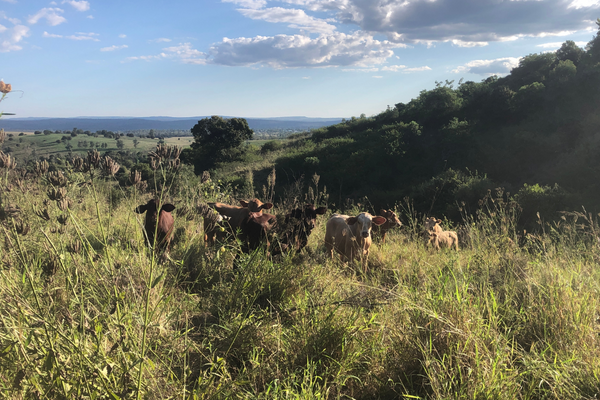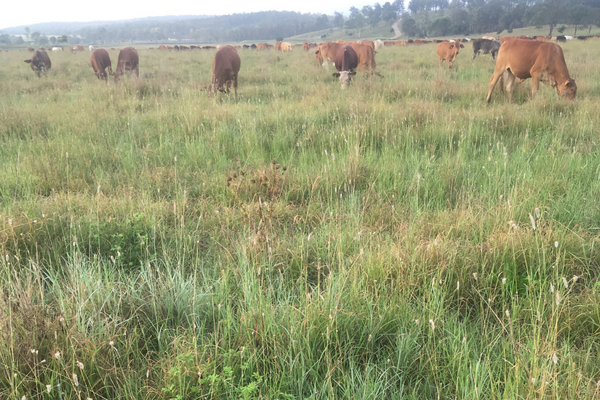Hopefully I’ve been able to highlight the importance of filling in a Grazing Chart. It’s not the Grazing Chart itself, but the meaningful information you can get from it, to make informed decisions as a professional manager. The ability to estimate feed with confidence, have a plan going forward and destocking in a timely manner, if necessary, are all decisions that can be made based on that basic skill around Grazing Charts.
If you have been keeping your Grazing Chart, filling in all sections, and then using that information to make informed decisions, well done! I congratulate you.
If you haven’t been filling in all sections, or you’ve let it slip, or have never started a Grazing Chart, I’d like to give you some encouragement. Seriously, it is like learning a new language. It is not easy in the beginning and there are very few people who go home from a Grazing Clinic or a Grazing for Profit school and start their own chart without some help.
I had an old bloke the other day comment, that the good seasons that have been around in some areas, has made everyone a good grass manager in those areas. If you’re wanting to be a good, no let’s change that to an outstanding grass manager, here are some ways that we can help you get your Grazing Chart up and running and be brilliant at the basics:
• Face to face, one day Grazing Chart Refresher in Murgon 19 April, supported by BMRG. This is a hands on, step by step, fill in your grazing chart and go home with your chart up to date, all sections filled in.
• How to videos on the RCS Learning Hub
• One on one consult, either on farm or remote. We have a big team of advisors able to help across the country
• If unsure what to do call the office 1800 356 004
There is an element of art to interpreting a Grazing Chart. If you want someone to check your benchmark carrying capacity, or check your chart, or help you work out what your chart is trying to tell you, call the office and book an hour with one of our advisors. Remember that a small action taken sooner, is a lot easier and less painful than leaving it unattended.
Be brilliant at the basics, you outstanding grass managers.













